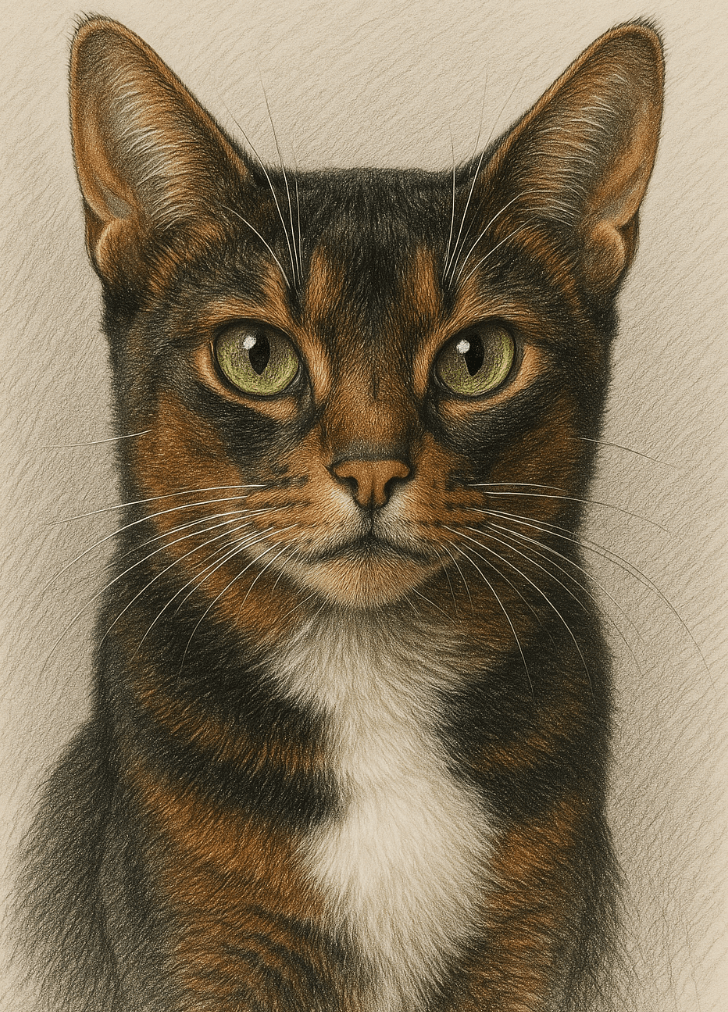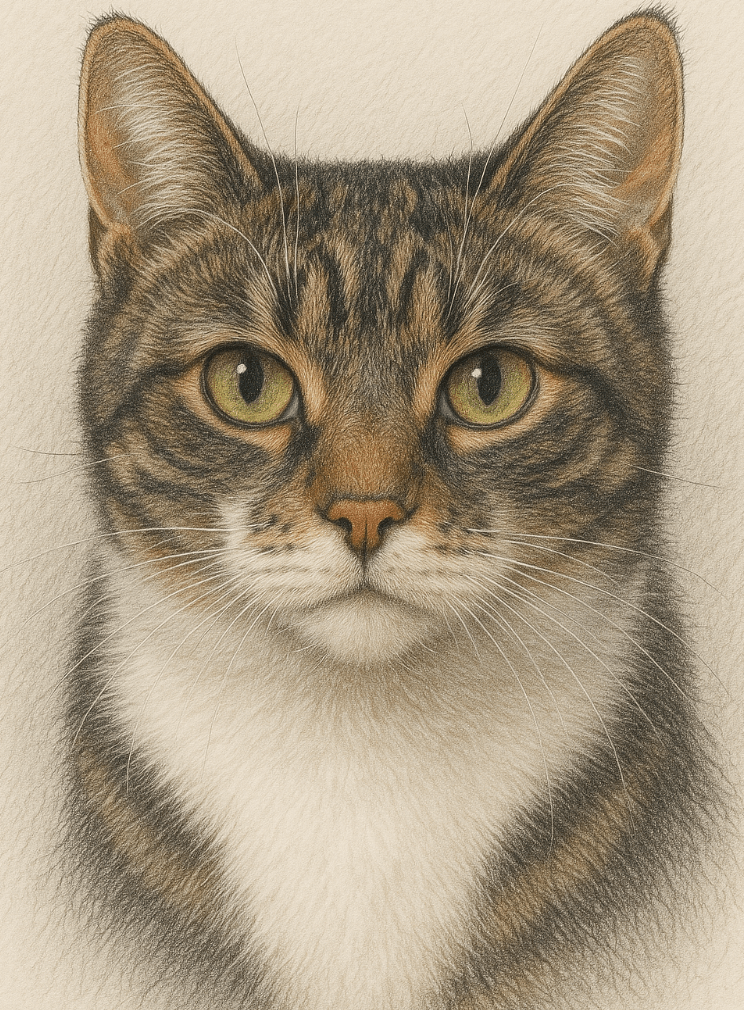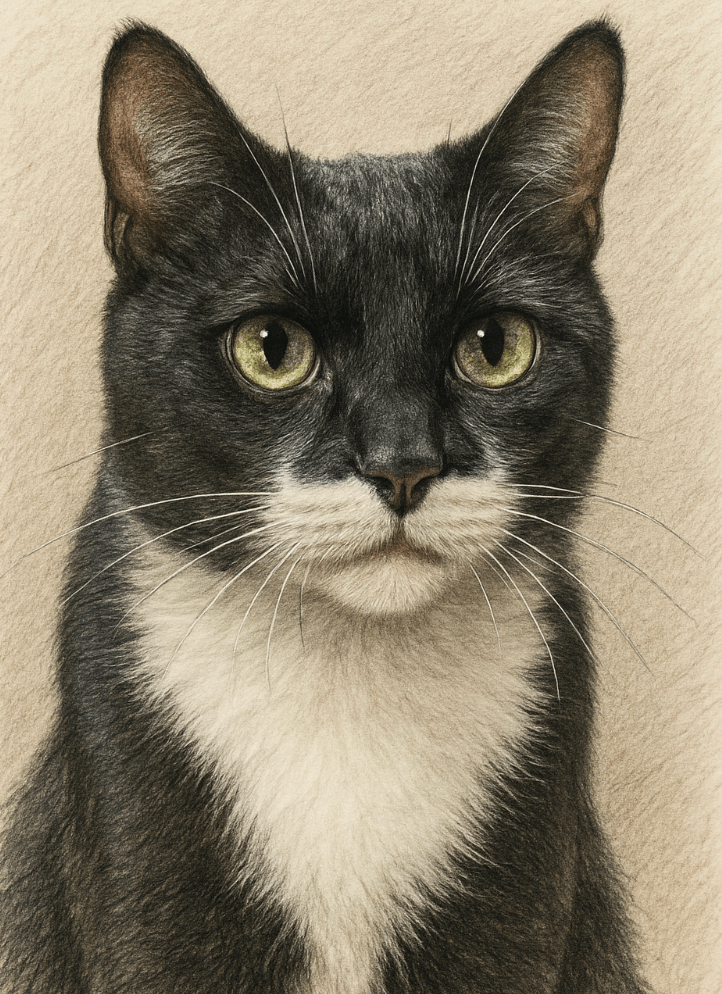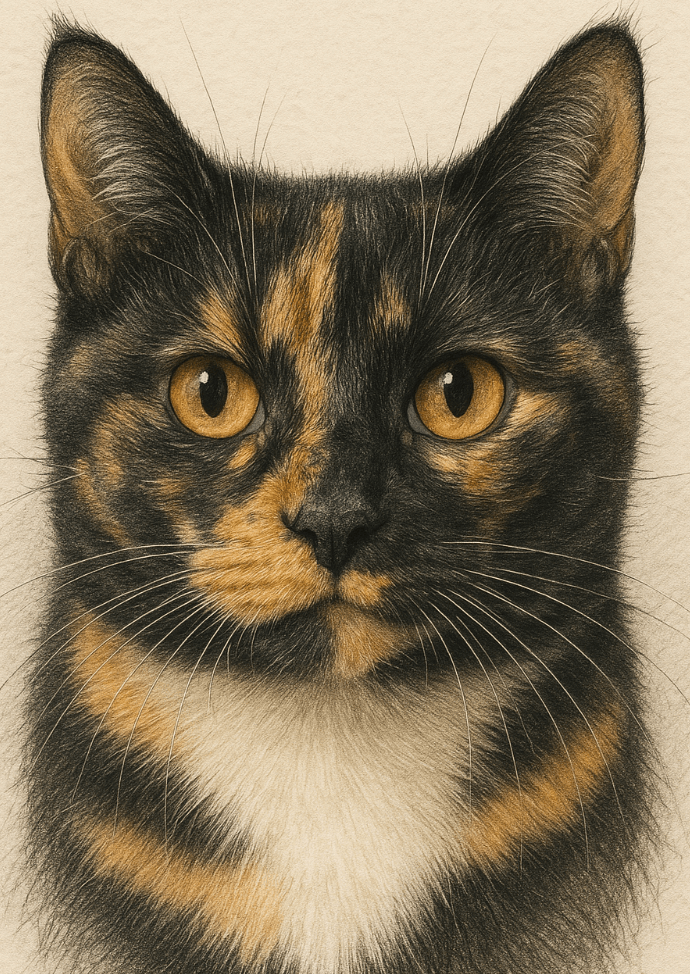Can Cats Eat Blue Cheese?
When it comes to feeding our feline friends, curiosity often leads us to wonder about foods we enjoy ourselves. One such question that arises is whether cats can eat blue cheese. While cheese might seem like a harmless treat, blue cheese poses unique risks due to its strong flavor, high fat content, and the presence of mold. As obligate carnivores, cats have specific dietary needs, and not all human foods are safe for them. In this blog post, we’ll explore whether blue cheese is safe for cats, potential risks, and healthier alternatives to ensure your furry companion stays happy and healthy.
Why Blue Cheese Can Be Harmful to Cats
While blue cheese may seem like an indulgent snack, it contains several components that can be harmful to cats. Understanding these risks is crucial to keeping your pet safe.
High Fat Content:
Blue cheese is rich in fat, which can upset a cat’s sensitive digestive system and lead to issues like vomiting or diarrhea.Mold Toxicity:
The mold used to create blue cheese can produce compounds like roquefortine C, which may be toxic to cats if consumed in large amounts.Lactose Intolerance:
Most adult cats are lactose intolerant, meaning dairy products like cheese can cause gastrointestinal distress.Salt Levels:
Blue cheese often contains high levels of sodium, which can dehydrate your cat and strain their kidneys over time.Strong Smell and Flavor:
The pungent aroma and taste of blue cheese can overwhelm a cat’s sensitive palate, potentially causing aversion or discomfort.
These factors make blue cheese an unsuitable choice for cats, highlighting the importance of sticking to species-appropriate foods.
Signs Your Cat May Have Eaten Blue Cheese
If your cat accidentally consumes blue cheese, it’s essential to monitor them closely for any adverse reactions. Look out for these common symptoms of distress.
Vomiting or Diarrhea:
These are typical signs of digestive upset caused by dairy or toxic substances in blue cheese.Excessive Drooling:
Drooling may indicate nausea or irritation from the cheese’s strong flavor or mold content.Lethargy or Weakness:
A sudden lack of energy could signal poisoning or dehydration from consuming salty or moldy foods.Loss of Appetite:
If your cat refuses to eat after consuming blue cheese, it may be experiencing stomach pain or discomfort.Increased Thirst or Urination:
High sodium levels in blue cheese can lead to excessive thirst and urination as the body tries to flush out toxins.
Recognizing these signs early allows you to seek veterinary care promptly, preventing further complications.
Check this guide 👉Can Cats Eat Cherries? Best 7 Expert Tips!
Check this guide 👉Can Cats Eat Mackerel? Best 7 Expert Tips!
Check this guide 👉Can Cats Eat Cranberries? Best 7 Expert Tips!
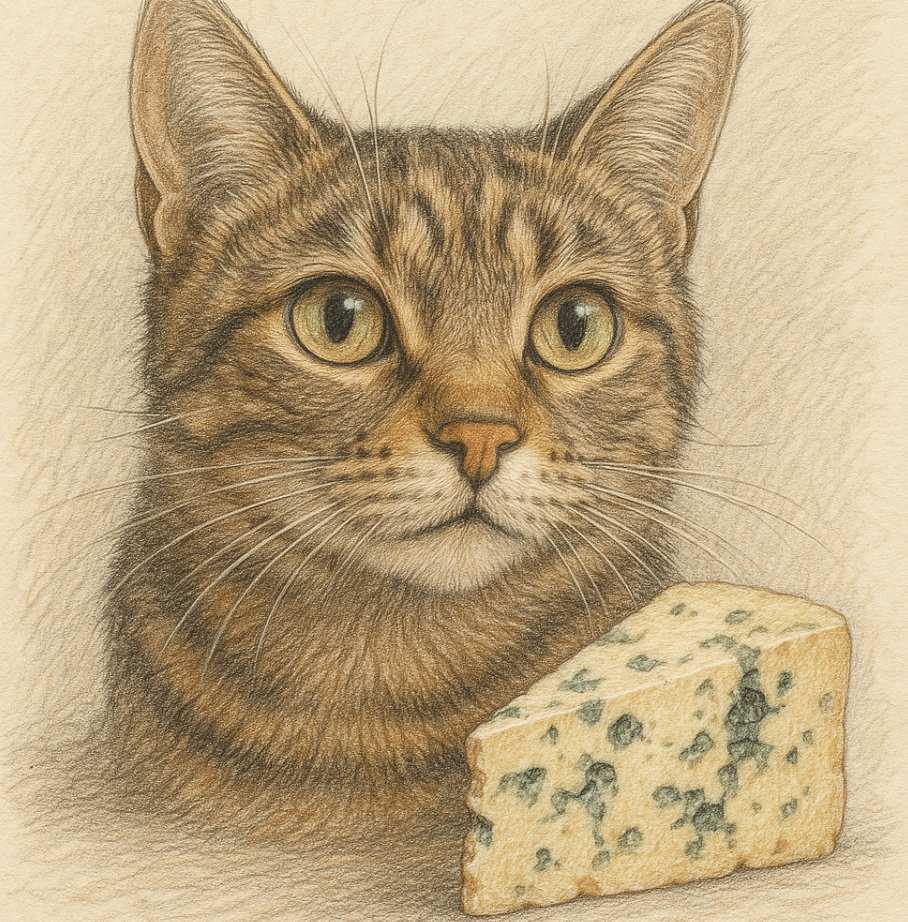
Safe Treats for Cats | Foods to Avoid Feeding Cats |
|---|---|
Cooked chicken (plain, boneless) | Blue cheese and other moldy cheeses |
Plain pumpkin puree | Foods high in salt or sugar |
Small pieces of banana | Onions, garlic, and chives |
Freeze-dried meat treats | Grapes and raisins |
Catnip-infused snacks | Chocolate and caffeine-containing items |
Healthier Alternatives to Blue Cheese for Cats
Instead of offering blue cheese, there are plenty of safer and more nutritious treats that your cat will love. These alternatives cater to their dietary needs while satisfying their cravings.
Cooked Chicken or Turkey:
Plain, unseasoned poultry is a protein-rich treat that aligns with a cat’s carnivorous diet.Freeze-Dried Liver Snacks:
These snacks provide a concentrated source of nutrients and are highly palatable for cats.Plain Pumpkin Puree:
Rich in fiber, pumpkin aids digestion and can help with hairballs when given in moderation.Small Pieces of Banana:
While not a staple, bananas offer a sweet, potassium-rich treat in tiny amounts.Cat Grass or Catnip:
These natural options stimulate playfulness and provide mental enrichment without health risks.
Switching to these alternatives ensures your cat enjoys tasty treats without compromising their well-being.
How to Prevent Your Cat from Eating Unsafe Foods
Accidents happen, but taking preventive measures can reduce the risk of your cat consuming harmful foods like blue cheese. Follow these tips to keep your pet safe.
Store Food Safely:
Keep blue cheese and other risky foods out of reach, ideally in sealed containers or high shelves.Supervise Snack Time:
Always monitor what your cat eats, especially during family meals or gatherings where food might be left unattended.Educate Family Members:
Make sure everyone in your household understands which foods are safe or unsafe for cats.Provide Appropriate Treats:
Offer your cat species-specific treats to satisfy their cravings and prevent them from seeking human food.Secure Trash Cans:
Use covered bins to prevent curious cats from rummaging through leftovers or discarded food scraps.
By implementing these strategies, you can minimize the chances of your cat ingesting something harmful.
Common Mistakes to Avoid When Feeding Cats
Feeding cats involves more than just providing food—it requires attention to detail to avoid mistakes that could harm their health. Here are some pitfalls to watch out for.
Assuming Human Foods Are Safe:
Many human foods, including blue cheese, contain ingredients that are toxic or difficult for cats to digest.Overfeeding Treats:
Too many treats can unbalance your cat’s diet and lead to obesity or nutritional deficiencies.Ignoring Portion Sizes:
Even safe foods can cause problems if given in excessive amounts, overwhelming your cat’s system.Not Checking Ingredients:
Always read labels to ensure treats or supplements don’t contain harmful additives like garlic or onion powder.Forgetting Hydration Needs:
Wet food or fresh water should accompany dry treats to prevent dehydration.
Avoiding these mistakes ensures your cat receives proper nutrition without unnecessary risks.
Understanding Your Cat’s Dietary Needs
Cats are obligate carnivores, meaning their bodies are designed to thrive on animal-based proteins. Meeting their dietary requirements is key to maintaining their health and vitality.
High Protein Requirement:
Cats need diets rich in animal protein to support muscle development and overall energy levels.Limited Carbohydrates:
Unlike humans, cats derive little nutritional value from carbs, so their diets should focus on protein and fats.Essential Amino Acids:
Taurine, an amino acid found in meat, is critical for heart and eye health; deficiencies can lead to serious health issues.Hydration Importance:
Cats naturally have low thirst drives, so incorporating wet food helps maintain proper hydration.Avoiding Artificial Additives:
Preservatives, colors, and artificial flavors can irritate your cat’s digestive system and should be avoided.
Understanding these needs ensures you provide a balanced and species-appropriate diet for your cat.
Fun Ways to Treat Your Cat Without Risk
Rewarding your cat doesn’t have to involve risky foods like blue cheese. There are plenty of creative and safe ways to spoil them while keeping their health in mind.
DIY Cat Treats:
Make homemade treats using ingredients like cooked chicken, pumpkin, or fish for a personalized touch.Interactive Feeders:
Puzzle toys and treat-dispensing balls encourage mental stimulation while rewarding good behavior.Cat Grass Planters:
Growing cat grass indoors provides a safe way for your cat to nibble on greens and aid digestion.Special Play Sessions:
Sometimes, extra playtime or cuddles are just as rewarding as edible treats for affectionate cats.Occasional Whisker Licks:
Tiny tastes of plain yogurt or diluted broth (without salt or seasoning) can be a fun, hydrating treat.
These ideas allow you to bond with your cat while prioritizing their safety and well-being.
Frequently Asked Questions About Cats and Blue Cheese
Is any amount of blue cheese safe for cats?
No, even small amounts can upset their stomach or expose them to harmful molds.
What should I do if my cat eats blue cheese?
Monitor for symptoms like vomiting or lethargy and contact your vet immediately if issues arise.
Can kittens tolerate blue cheese better than adult cats?
No, kittens are even more vulnerable to digestive issues and should never consume blue cheese.
Are other types of cheese safe for cats?
While some plain, low-lactose cheeses may be okay in tiny amounts, they’re not recommended due to lactose intolerance.
Why are cats attracted to strong-smelling foods?
Cats’ curiosity drives them to investigate unfamiliar scents, but this doesn’t mean the food is safe for them.
Prioritizing Your Cat’s Health Over Curiosity
While it’s tempting to share human foods like blue cheese with your cat, their health and safety must always come first. Cats have unique dietary needs that differ significantly from ours, and feeding them inappropriate foods can lead to serious consequences. By understanding the risks associated with blue cheese and opting for safer alternatives, you can ensure your feline friend stays happy, healthy, and thriving. Remember, a little caution goes a long way in protecting your beloved companion.
Abyssinian Tuxedo Cat: Best 7 Expert Tips! Discover expert advice on care, training, and living with this elegant and playful feline for a happy and healthy companionship.
Tabby Tuxedo Cat: Best 7 Expert Tips! Discover expert advice on care, personality, and living with this unique feline for a happy and healthy companion.
Are Tuxedo Cats Smart? Best 7 Expert Tips! Discover expert advice on understanding tuxedo cat intelligence, behavior, and how to nurture their clever instincts for a happy, engaged feline companion.
Tortoiseshell Tuxedo Cat: Best 7 Expert Tips! Discover expert advice on caring for this unique feline, from personality insights to grooming and health tips for a happy cat.

